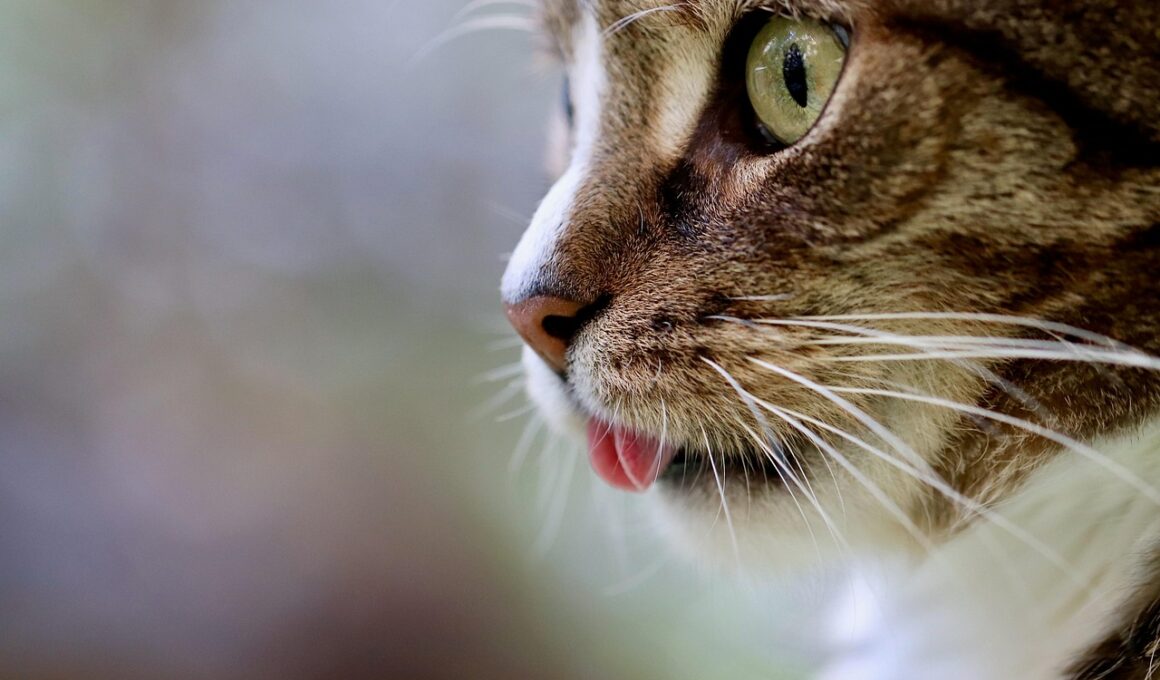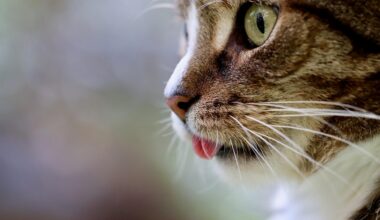Exploring Affordable Cat Insurance Options in Brazil and Argentina
When it comes to cat insurance, understanding the offerings from various countries can be illuminating. In Brazil, the market for pet insurance is gradually expanding, catering to the needs of pet owners. The services provided often differ from conventional insurance models seen in other countries. Brazilian companies tend to offer plans that cover basic medical services, preventive care, and emergency situations. One popular feature is the availability of customizable plans, allowing pet owners to select levels of coverage that best suit their budgets. Furthermore, additional options such as coverage for feline illnesses and injuries are commonplace. In Argentina, pet insurance is also on the rise. Although still not as widespread as in Europe or North America, Argentine insurers are starting to recognize the economic potential of the market. Various options exist, including plans focused on veterinarian visits, surgeries, and wellness checks at affordable prices. Many companies design policies specifically for cats, which are tailored to address common feline health issues. Therefore, exploring coverage options in these two countries uncovers valuable insights into affordable pet health care.
Key Features of Cat Insurance Plans
A thorough understanding of cat insurance plans offers pet owners precise insights essential for making informed decisions. One of the central features of both Brazilian and Argentine plans includes premium affordability, making them more accessible for cat owners. Both markets emphasize customization, giving clients the opportunity to design bespoke plans based on their specific needs and financial constraints. Additionally, policies may include services like coverage for vaccinations, routine check-ups, and other preventive measures vital in maintaining a cat’s overall health. In Brazil, top companies frequently provide telemedicine options, letting owners consult with veterinarians online. Argentina follows this trend, establishing local telehealth services as a convenient alternative to traditional veterinary consultations. Emergency care coverage, an essential aspect of most plans, ensures that owners receive assistance in unfortunate situations. Furthermore, many policies allow cashless payments directly at participating veterinary clinics, simplifying the claims process. Clients can choose between annual and monthly payment systems depending on what aligns best with their financial situations. Such flexibility further encourages responsible pet ownership, equipping owners with the necessary tools to ensure their cats receive proper care.
Analyzing the differences between Brazil and Argentina’s pet insurance market helps illuminate potential gaps and trends in the industry. While Brazilian insurance companies have made substantial strides, Argentine offerings remain somewhat limited. Notably, coverage options may overlap in certain aspects, with both countries emphasizing preventive care. However, Brazilian providers often offer a broader array of coverage, including advanced treatments and specialized care for chronic conditions. Conversely, some Argentine insurers focus primarily on essential services, which may not always provide complete peace of mind for pet owners. The differences in consumer behavior and market maturity may partially explain these contrasting approaches. Financial perceptions also play a significant role in shaping these insurance markets, as both countries experience economic fluctuation that affects spending on non-essential items like insurance. Moreover, cultural attitudes towards pets differ between the two, influencing whether owners opt for animal insurance at all. For instance, as urbanization increases in both regions, the demand for convenient access to veterinary care also rises. Understanding these dynamics allows stakeholders to refine their offerings and meet the evolving needs of pet owners in Brazil and Argentina.
How to Select the Right Cat Insurance
Selecting the right cat insurance involves several critical factors that can influence the decision-making process. Firstly, potential clients should conduct thorough research, examining multiple providers to find policies that align with their expectations. Reading customer reviews can help unveil the actual performance of insurers in terms of claims handling and customer support. Additionally, prospective clients should compare the terms and conditions of various plans. It’s especially important to review what is explicitly included in coverage and what is not. Scrutinizing any waiting periods before certain services or illnesses are covered is vital for avoiding surprises later. Many policies have specific exclusions that could impact your cat’s insurance comfort. Furthermore, prospective buyers should gauge their budgets. Monthly premiums can vary substantially; thus, finding a balance between affordable premiums and sufficient coverage is essential. Making sure to consider deductible amounts will also help in understanding the overall financial commitment required. Lastly, engaging with local veterinarians for recommendations can provide valuable insights. They often work closely with insurers and can guide pet owners toward reliable options that suit their needs.
In addition to conventional insurance products, alternative options also exist to safeguard against unexpected expenses. Pet wellness plans, commonly available in both Brazil and Argentina, differ slightly from traditional insurance by focusing primarily on preventive services at a fixed fee. These plans cover regular vet visits, vaccinations, and routine check-ups, promoting enhanced cat health without substantial financial burden. Choosing these wellness plans may be more beneficial for routine pet care needs rather than catastrophic events. Owners might also consider forming pet insurance groups, allowing collective bargaining power when seeking better rates and terms. Another option is to establish a dedicated savings account for pet care expenses. By saving periodically, owners can ensure that unforeseen medical costs can be handled without insurance. However, this approach requires discipline and consistent financial planning. Each of these alternative plans comes with its pros and cons, making it essential for owners to evaluate their specific circumstances and calculate the best approach according to their financial situations. Investing in comparative analysis and expert advice will yield the most advantageous results for cat care choices.
Understanding the Claims Process
A thorough understanding of the insurance claims process is essential for pet owners looking to navigate their policies effectively. Generally, the claims process follows a straightforward timeline, though specifics can vary between insurers. Pet owners typically need to file a claim after paying for veterinary services. This involves submitting required documentation, such as vet bills and treatment details. Insurers then assess claims based on the specific policy coverage limitations. Being promptly responsive to informational requests can help facilitate faster processing. Owners should be prepared for possible follow-ups, including providing additional evidence if needed. Both Brazilian and Argentine companies can offer clients various methods for submitting claims, such as through online portals or mobile applications. This feature ensures convenience for pet owners facing tough times. It’s vital to comprehend the terms outlined in the policy concerning claim rejections or denials. Familiarizing oneself with these terms can often prevent frustrating surprises during claiming instances. Thus, staying educated about policy documents and clarifying doubts with customer service beforehand is prudent to avoid complications later.
As we continue to evaluate the state of cat insurance in Brazil and Argentina, it becomes evident that both countries have immense room for growth. Initiatives aiming at increasing pet insurance awareness play a crucial role in promoting this emerging market. Education campaigns can significantly influence pet owners’ perceptions, encouraging them to seek insurance proactively. Industry stakeholders, including veterinary professionals and pet care organizations, should collaborate to produce informational resources that address common misconceptions. Increasing public knowledge regarding the importance of pet insurance can lead to a healthier pet population overall. Furthermore, introducing regulatory standards for a more uniform pet insurance market can enhance consumer trust. Establishing consumer rights around pet insurance could also foster clearer communication between insurers and customers. Successful expansion of the market will require addressing economic, cultural, and regulatory challenges while promoting sustainable growth. Therefore, by understanding what cat insurance offers, owners can make educated decisions that favor their pets’ health and financial well-being. With these insights, both Brazilian and Argentinian stakeholders can continue to improve opportunities for a secure future and responsible pet care.


